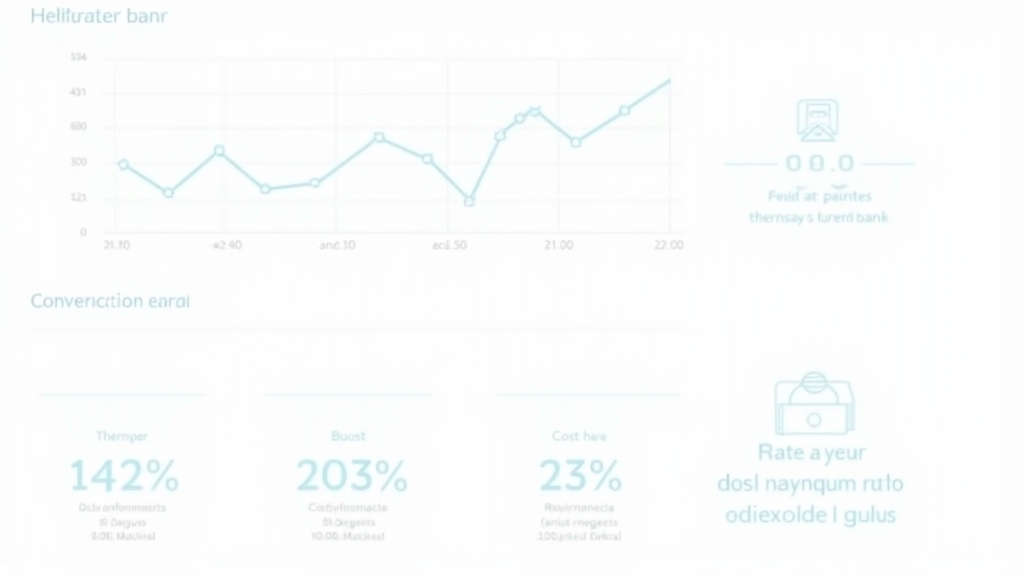Understanding Digital Advertising Metrics: A Comprehensive Guide for Marketers
Introduction
Digital advertising is a vital part of modern marketing strategies. With the rise of online platforms, understanding how to measure and analyze your advertising efforts can make a big difference in your success. Metrics help you see what works and what doesn’t, allowing you to refine your campaigns for better results. In this guide, you’ll learn about essential digital advertising metrics, why they matter, and how to use them effectively.
The Basics of Digital Advertising Metrics
What Are Digital Advertising Metrics?
Digital advertising metrics are measurements that help marketers evaluate the effectiveness of their online ads. These metrics provide insights into how well an ad performs in reaching its target audience and achieving specific goals. Common examples include click-through rates, conversion rates, and cost per acquisition.
Why Metrics Matter in Digital Advertising
Metrics matter because they offer concrete data on campaign performance. By analyzing these numbers, you can identify trends, understand customer behavior, and optimize your strategies accordingly. Without proper metrics, it’s challenging to know if your advertising dollars are being spent wisely or if adjustments are needed.
Key Performance Indicators (KPIs) in Digital Advertising
Click-Through Rate (CTR)
Click-through rate (CTR) measures the percentage of people who click on an ad after seeing it. A higher CTR indicates that your ad is engaging and relevant to viewers. For example, if 100 people see your ad and 5 click on it, your CTR would be 5%. Monitoring CTR helps you assess the effectiveness of your headlines and visuals.
Conversion Rate
The conversion rate shows how many users take a desired action after clicking on an ad—like making a purchase or signing up for a newsletter. If 10 out of 100 visitors convert after clicking through from an ad, the conversion rate is 10%. This metric helps determine whether your landing pages are effective at turning interest into action.
Cost Per Acquisition (CPA)
Cost per acquisition (CPA) calculates how much it costs to acquire one customer through digital ads. To find CPA, divide total ad spend by the number of conversions achieved from those ads. For instance, if you spent $200 on ads and gained 20 customers, your CPA would be $10 per customer. Keeping track of CPA allows you to manage budgets effectively while maximizing returns.
Analyzing Engagement Metrics
Impressions vs. Reach
Impressions refer to how many times an ad is displayed regardless of clicks; reach indicates the number of unique users who saw the ad at least once. Understanding both metrics helps gauge overall visibility versus actual audience engagement with content.
Bounce Rate and Its Implications
Bounce rate measures the percentage of visitors who leave a website after viewing only one page without taking further action. A high bounce rate may indicate that visitors aren’t finding what they expected or that there’s room for improvement in user experience or content relevance.
Tools for Tracking Digital Advertising Metrics
Google Analytics: A Comprehensive Tool
Google Analytics is widely used for tracking website traffic and user behavior related to digital ads. It provides detailed reports on various metrics like CTRs and conversion rates across different campaigns.
Social Media Analytics Platforms
Platforms like Facebook Insights or Twitter Analytics offer valuable data about engagement levels with social media advertisements—helping marketers understand which posts resonate most with their audiences.
Ad Network Reporting Tools
Many advertising networks provide built-in reporting tools that allow advertisers to monitor performance directly within their platforms—offering insights tailored specifically for each network’s unique environment.
Interpreting Data to Optimize Campaigns
Setting Goals and Benchmarks
Establishing clear goals before launching campaigns ensures all team members understand what success looks like—from increasing brand awareness through impressions down to achieving specific sales figures via conversions.
Making Data-Driven Decisions
Using collected data enables marketers not just reactively but proactively adjust strategies based on real-time feedback from ongoing campaigns—ensuring continuous improvement over time rather than waiting until post-campaign analysis reveals shortcomings later down the line!
Challenges in Measuring Digital Advertising Success
Ad Fraud and Its Impact on Metrics
Ad fraud refers primarily fraudulent activities designed either artificially inflate impressions/clicks leading businesses astray regarding true performance levels impacting overall ROI negatively!
Multi-channel Attribution Issues
Attributing conversions accurately across multiple channels remains complex due varying touchpoints along consumer journeys complicating evaluations around which channels deserve credit ultimately hindering optimization efforts moving forward!
Future Trends in Digital Advertising Metrics
The Rise of AI and Machine Learning in Analytics
Artificial intelligence (AI) technologies increasingly play roles automating analyses providing deeper insights faster than traditional methods ever could enabling smarter decision-making processes throughout organizations leveraging these advancements effectively!
Privacy Regulations and Their Effect on Data Collection
As privacy regulations tighten globally affecting how companies collect/store personal information influencing available datasets ultimately shaping future approaches towards measuring success within digital landscapes requiring adaptability amidst changing environments constantly evolving alongside technological advancements!
Conclusion
Understanding digital advertising metrics is crucial for effective marketing strategies today! By grasping key KPIs like CTRs & CPAs while utilizing robust tools such as Google Analytics—you’ll empower yourself towards optimizing future campaigns ensuring maximum impact every step along way!
📢 Explore More: Continue Your Journey!
If this article helped you understand digital advertising metrics better, check out “Maximizing Your ROI with Effective Marketing Strategies”! It covers powerful insights into budgeting wisely while enhancing campaign performance more effectively.














![NEEWER 55W 18"/45cm Ring Light Kit [New Version], 5600K Dimmable ...](https://m.media-amazon.com/images/I/414QLqvZWLL._AC_.jpg)








